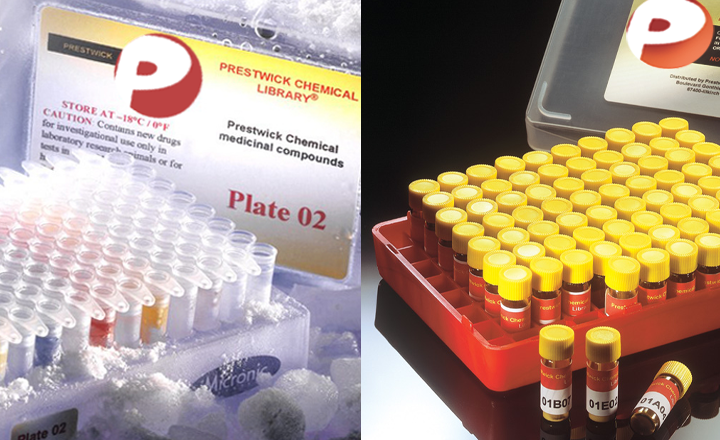CRISPR/Cas9-Based Screening of FDA-Approved Drugs for NRF2 Activation: A Novel Approach to Discover Therapeutics for Non-Alcoholic Fatty Liver Disease
Li, J.; Arest, S.; Olszowy, B.; Gordon, J.; Barrero, C. A.; Perez-Leal, O.
Antioxidants 12 (7), 1363 (2023)
With the rising prevalence of obesity, non-alcoholic fatty liver disease (NAFLD) now affects 20–25% of the global population
NAFLD, a progressive condition associated with oxidative stress, can result in cirrhosis and liver cancer in 10% and 3% of patients suffering NAFLD, respectively. Therapeutic options are currently limited, emphasizing the need for novel treatments. In this study, we examined the potential of activating the transcription factor NRF2, a crucial player in combating oxidative stress, as an innovative approach to treating NAFLD. Utilizing a CRISPR/Cas9-engineered human HEK293T cell line, we were able to monitor the expression of heme oxygenase-1 (HMOX1), an NRF2 target, using a Nanoluc luciferase tag. Our model was validated using a known NRF2 activator, after which we screened 1200 FDA-approved drugs, unearthing six compounds (Disulfiram, Thiostrepton, Auranofin, Thimerosal, Halofantrine, and Vorinostat) that enhanced NRF2 activity and antioxidant response. These compounds demonstrated protective effects against oxidative stress induced by hydrogen peroxide and lipid droplets accumulation in vitro with hepatoma HUH-7 cells. Our study underscores the utility of CRISPR/Cas9 tagging with Nanoluc luciferase in identifying potential NRF2 activators, paving the way for potential NAFLD therapeutics.


